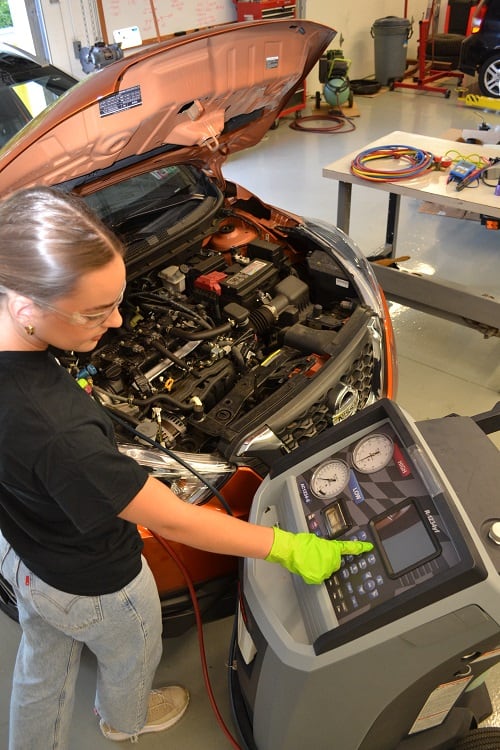What’s the word on R-134a price & supply?
By Steve Schaeber, MACS technical editor
The email questions are already coming in, and they go kind of how you’d expect: What’s going on with the price of R-134a? Is there going to be a shortage of R-134a supply? The short answers are, that we expect to see slight price increases during the 2021 season (typical with seasonal fluctuations), but not a shortage of refrigerant supply to shops. Next year’s story however, may be different.
As we reported in the last issue of ACtion, EPA has been working on a proposed rule to begin the economy-wide phasedown of HFC consumption in the United States. The goal is to reduce HFC use by 85% over the next 15 years, which lines us up with provisions of the Kigali Amendment to the Montreal Protocol.
The Montreal Protocol is an international treaty that gradually eliminates the production and consumption of ozone depleting substances (like R-12), that was signed by the US in 1987 and ratified in 1988. As a result, the US stopped manufacturing and importing R-12 by 1995. This is how we came to use R-134a in mobile A/C systems.
The Kigali Amendment to the Montreal Protocol basically does the same thing for HFCs (like R-134a), but with a slightly longer time horizon. The US signed onto Kigali back in 2016 (basically agreeing to what is written in the document), but it has not yet been ratified, which means we are not yet legally bound by it. President Biden has directed the State Department to seek “the advice and consent” of Congress over ratification, but to date we have no progress updates.
Ratification may soon be just a formality however, since EPA’s proposed new rule basically follows the Kigali plan anyway.
So, what does all this have to do with refrigerant prices? That’s what my emailers want to know. Many of you remember what happened in the mid-90s during the R-12 transition to 134a. A 30-pound bottle of 12 that used to cost around $26 quickly rose to $300 or so, which was followed up by several years of price volatility. Then we had regional supply issues to deal with, partly due to stockpiling and hoarding (there are still people today who swear that 30-pound bottle they bought in 1996 is worth over $1000!).

We’d be remiss to say we don’t expect something similar to happen once this proposed phasedown gets underway, but it’s not likely to occur before the 2022 season, and maybe not even too much by then. For 2022 and 2023, EPA’s reduction is only 10%, and even that is sector-dependent. This makes us think there will be increases for sure, but not by that much. R-134a is still one of the most widely-used refrigerants, available across the globe, and is relatively cheap and easy to make, and there’s lots of it around (for now, anyway).
Beyond that however, EPA’s reduction drops sharply by 40% in 2024, which is sure to bring higher prices and supply issues, particularly with refrigerant imports.
EPA has setup a website where you can read the full text of their plan. Here’s a link: https://www.epa.gov/climate-hfcs-reduction
Thanks for reading. If you enjoy our content, why not become a member of MACS? Join us at this link
https://macsmobileairclimate.org/membership/ on the MACS website and take advantage of all that MACS offers.
Leave a Reply